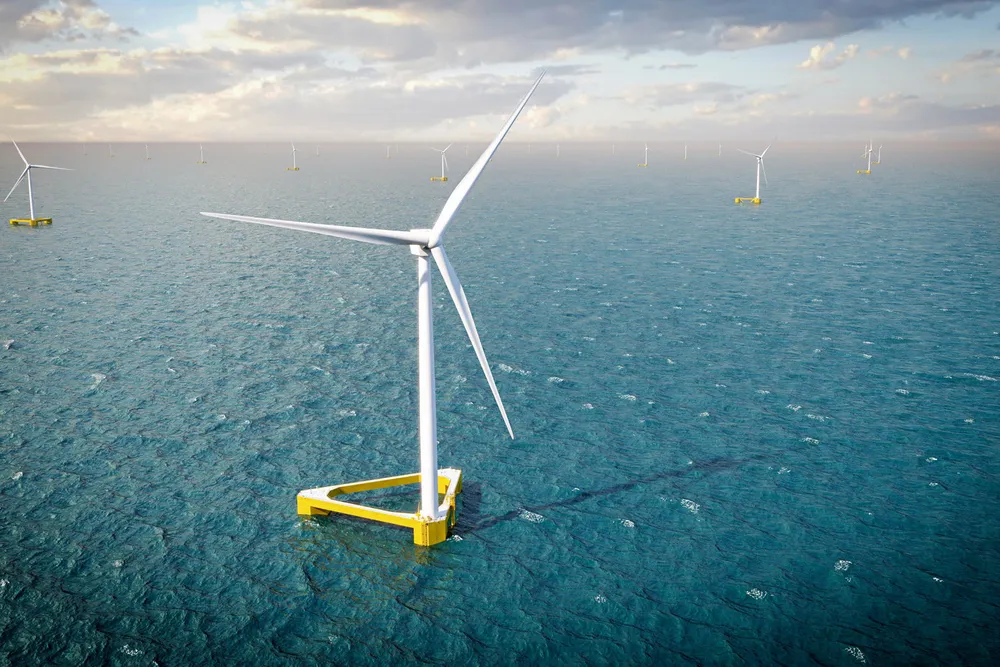US floating wind pipeline surges to 25GW but pace will hinge on supply chain and technology: NREL
National laboratory doubles its estimated LCOE to almost $280/MWh for the sector as Biden administration aims for $45/MWh by 2035

NREL's levelised cost of energy (LCOE) estimates of for floating wind deployed in 2030 skyrocketed from last year’s range of $65-$135/MWh to $123-$278/MWh.
The laboratory under the Department of Energy (DoE) also noted that earlier estimates assumed a fully developed supply chain. The revised estimates now reflect “cost impacts as the floating offshore wind energy industry matures,” with first giga-scale projects feasibly constructed in the early 2030s.
“Generally, floating offshore wind costs are predicted to decrease through 2050 as the industry matures,” NREL said in its study.
The report comes as President Joe Biden’s administration is promoting sector development through lease auctions.
California is targeting 2-5GW by 2030 and 25GW by 2045, while Oregon has a 3GW goal and Maine is mulling the same.
Massive potential
NREL estimates that two-thirds of US technical offshore wind potential – some 2.8TW – is in waters deeper than 60 metres, requiring floating technologies, and seven of the 12 offshore wind leasing rounds planned by 2028 are for floating.
The Biden administration launched its Floating Wind Shot, one of several “Earth Shot” policy initiatives aimed at climate and energy, to propel 15GW of capacity by 2035 while driving down costs to some $45/MWh by then.
NREL estimates see the price point likely missed, with its most optimistic forecast putting floating at around $80/MWh by then. Even this is far rosier than classification society DNV’s 2035 forecast for US floating wind at some $135/MWh.
NREL notes that LCOE estimates include submarine cabling to the point of interconnection but not onshore grid upgrades. They also don’t include the benefits of generous investment tax credits in federal legislation that can cut the tax burden on Capex by 50%.
NREL sees cost declines in the sector emerging in several areas, including leveraging innovations and experience in the fixed bottom segment, using existing supply chains, and optimising structures using lighter components, and increased modularity and automated production.
Siting could also play a significant role, with higher wind speeds farther out to sea potentially offsetting higher installation and operations and maintenance costs due to longer travel distances.